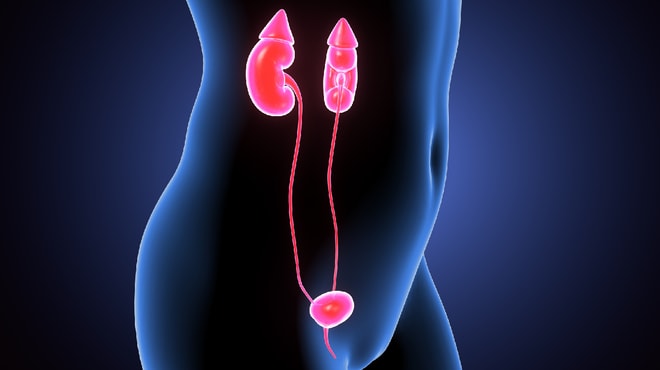Stage I bladder cancers stay in situ upto mucosa and connective tissue layer of the bladder wall. However, they have not spread to the muscle layer.
Usually, transurethral resection (TURBT) with cystoscopy is the first treatment for these cancers. However, it helps determine the extent of the cancer and is part of cure as well. The creation of a new bladder cancer is a procedure gaining popularity today. This is likely to happen if the first cancer is high-grade and fast-growing.

A TURBT is a procedure in which there is removal of bladder tumor from the bladder wall. In this procedure, there is an insertion of a scope through the urethra into the bladder. An outpatient hospital setting can perform this procedure under anesthesia.
Even if there are traces of cancer (low grade and slow-growing), oncologists recommend a second TURBT several weeks later. If the doctor then feels that the cancer cells do not remain, intravesical BCG (preferred) or intravesical chemo are options. Sometimes, a close follow-up is essential. If there are traces of cancer cells, options are intravesical BCG or cystectomy (the removal of part or all of the bladder).
If the cancer is high grade, or many tumors are present, or even if the tumor is very large at the initial occurrence, oncologists recommend a radical cystectomy. For people who aren’t healthy enough for a cystectomy, radiation therapy might be an option along with the chemo, but the chances for cure are not as favorable.



